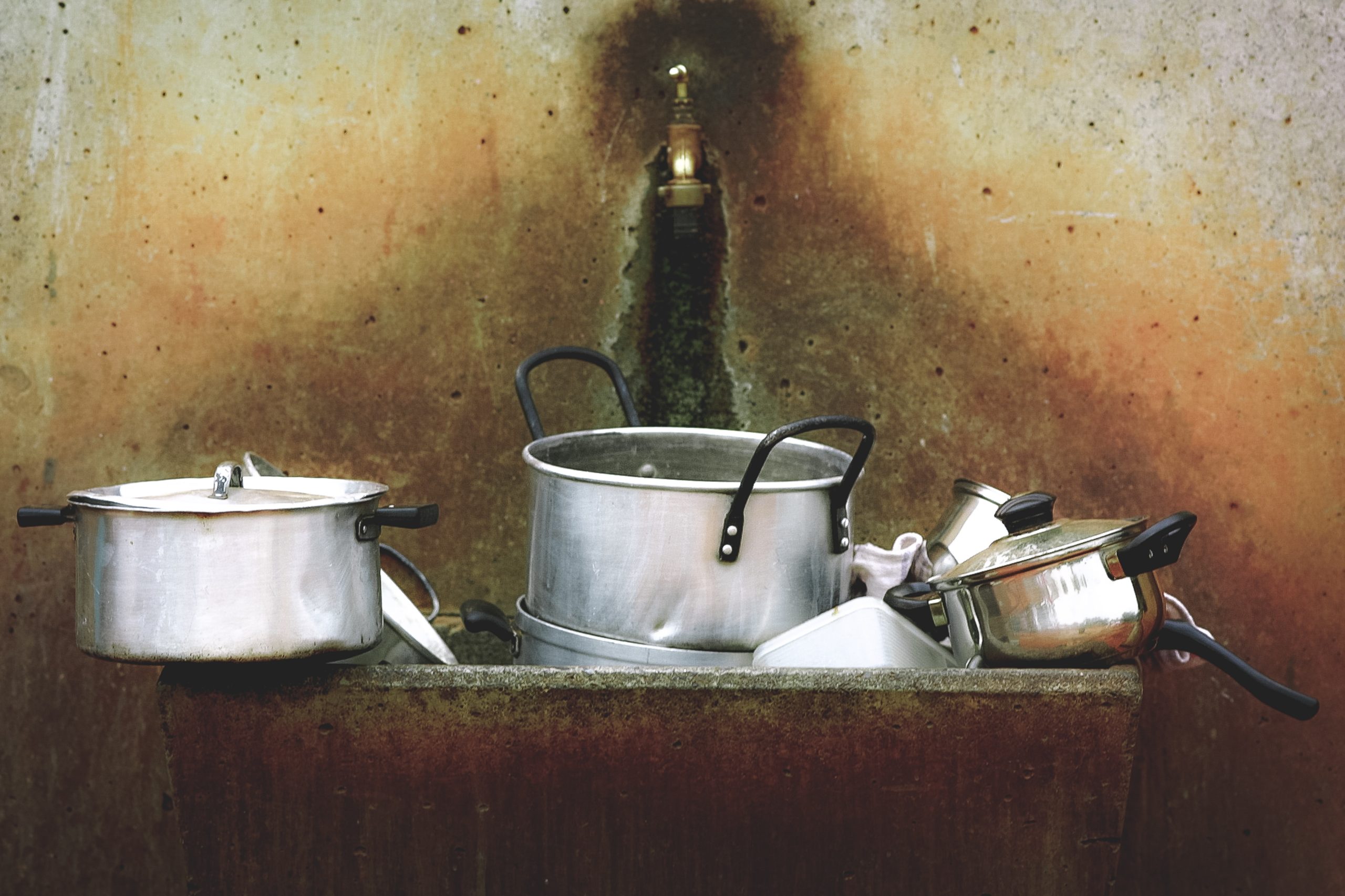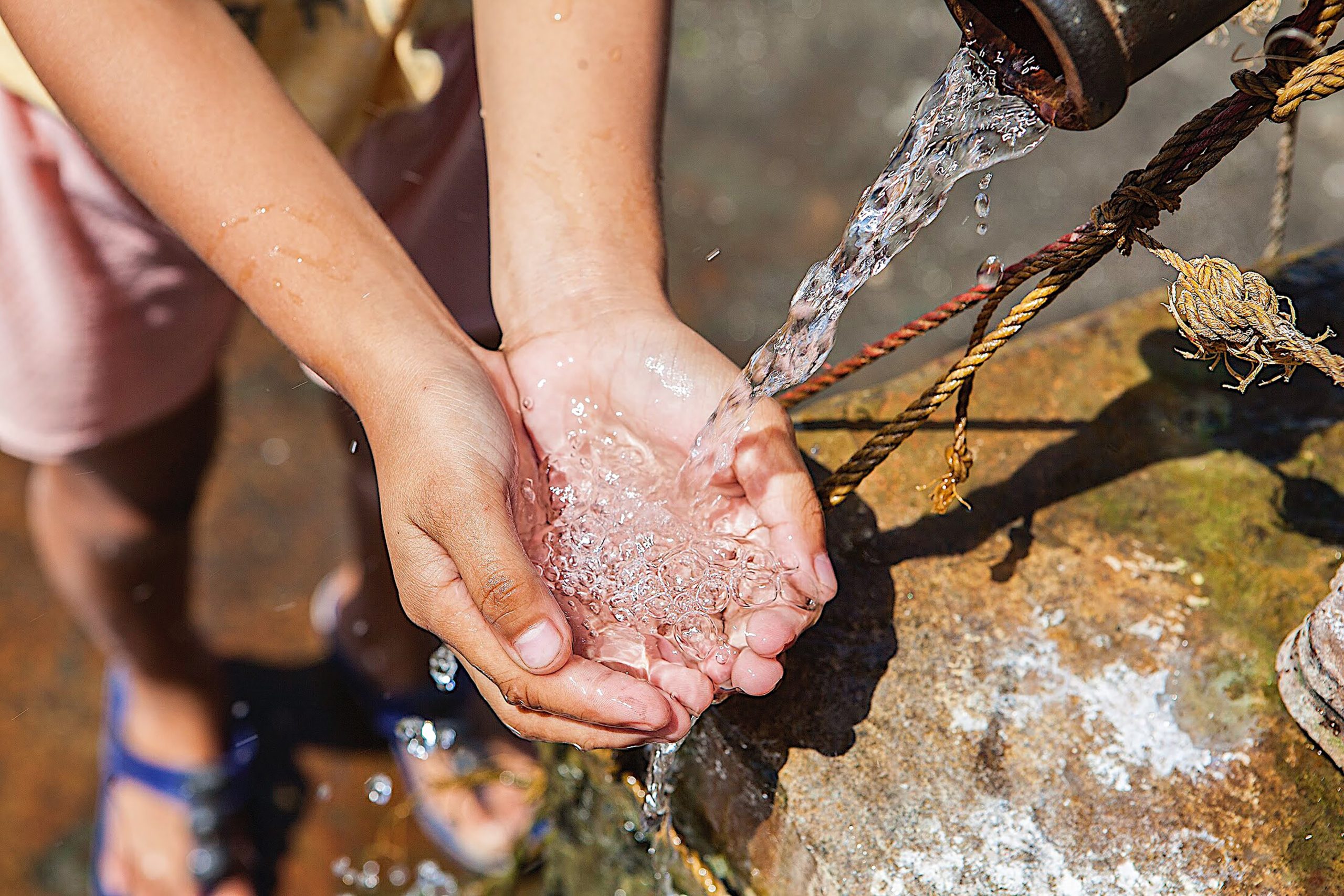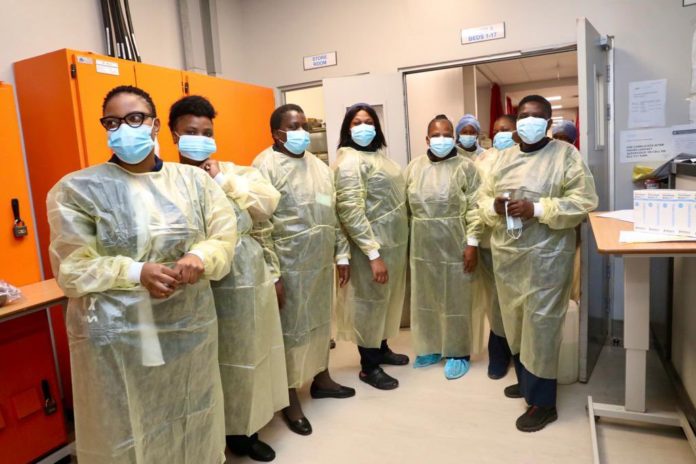UPDATE: At least 15 people have died in the community of Hammanskraal, north of Pretoria, due to an outbreak of cholera. Residents have been urged not to drink water from taps. The City of Tshwane is providing water tanks for the community. Lab tests confirmed the wave.
Cholera is a bacterial disease that usually spreads through contaminated water. It causes severe dehydration and diarrhoea, explains Mayo Clinic. It adds – that if left untreated – cholera can be fatal within hours, even in previously healthy people.
WebMD says the disease is common in places with “poor sanitation, crowding, war and famine”. It says that common locations include parts of “Africa, south Asia and Latin America.”
RELATED STORY: Deadly cholera outbreak in Hammanskraal
Cholera Causes
Vibrio cholerae is the bacterium that causes Cholera. It is usually found in food or water, contaminated by the feces of a person with the infection, explains WebMD.
The Mayo Clinic assures that the Cholera bacteria might not “cause illness in all people who are exposed to them”. But says infected people still pass the bacteria in their stool – which can then contaminate food and water.
Here are some sources where the bacterium lives:
- Raw fruits and vegetables: unpeeled produce are frequent sources of cholera infection in area where the disease is present. Irrigation water containing raw sewerage or human wastes can infect produce in the field.
- Seafood: eating raw or undercooked seafood from polluted water sources can expose you to cholera.
- Surface, well or municipal water sources: contaminated public wells are sources of large cholera waves. People living in crowded areas without proper sanitation are at risk. Ice made from contaminated municipal water sources are a risk.
Visit the nearest health facility in case you present mild to severe and watery diarrhoea and dehydration symptoms #CholeraOutbreak #AsibeHealthyGP pic.twitter.com/6KC6HJTkLq
— Gauteng Health (@GautengHealth) May 21, 2023
RELATED STORY: Italy floods claim at least 13 lives, thousands flee
Symptoms of the disease
The Centers for Disease Control and Prevention says “about 1 in 10 people with cholera will experience severe symptoms”. Which includes:
- thirst
- vomiting
- profuse, watery diarrhoea
- leg cramps
- irritability

Among people with cholera symptoms, says the World Health Organisation, will suffer mild or moderate symptoms. It says only a few will develop acute watery diarhhoea with severe dehydration.
The CDC also advises that healthcare providers look out for signs of dehydration, when checking a patient with diarrhoea:
- low blood pressure
- rapid heart rate
- dry mucous membranes
- loss of skin elasticity
Severe dehydration – if left untreated – can lead to coma or death within hours.

Treatment
The WHO says cholera is an “easily treatable disease”. It says most people can be treated successfully through the prompt administration of “oral rehydration solution (ORS)”.
WebMD says that there is a vaccine for cholera. People should only use water that has been boiled, chemically disinfected or bottled.
The CDC says most infected persons will suffer “mild diarrhoea or no symptoms at all”. They advise the following treatments:
- Antibiotic treatment: this reduces fluid needs, and duration of illness. Necessary in severe cases of cholera.
- Rehydration: this is the primary treatment for patients. It requires the prompt restoration of “lost fluids and salts”.
- Zinc treatment: shown to help improve symptoms for children under 5. It also reduces the duration of diarrhoea.



